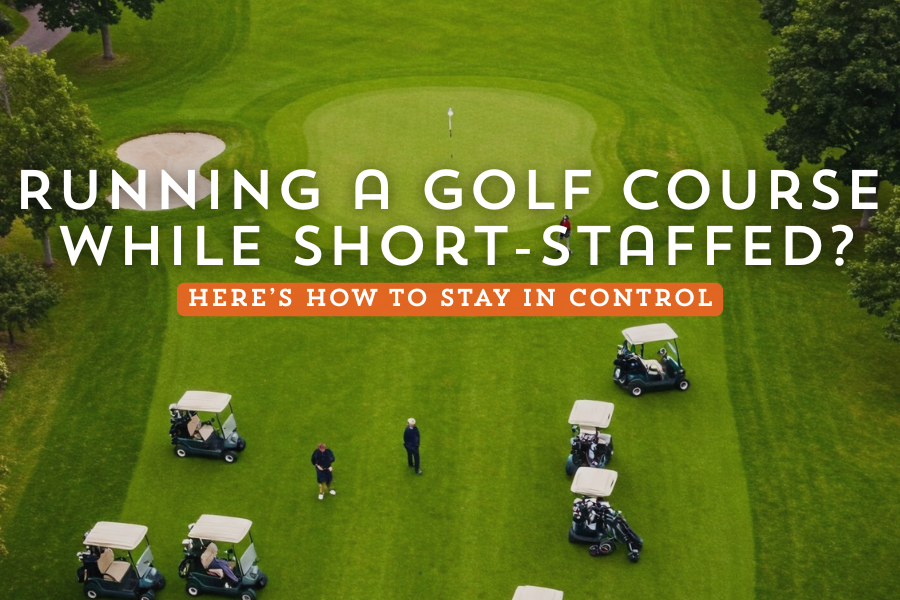Optimized tee time intervals are a critical piece in maintaining a fluid pace on a golf course - or a good pace of play. In our article on Factory Physics - Part 1, a golf course is a factory that produces rounds of golf played by golfers. As guided by the principles laid out by Lou Riccio’s Pace of Play bible, Head Pros should not allow players to tee off at a rate shorter than the bottleneck hole. For example, if your slowest hole is playing an average of 11:40 then group spacing should be 12 minutes. Intervals less than 12 minutes will impact the pace of play and increase wait times on the golf course. As Lou suggests, “The result is delays in several places and long throughput times. In our case, that means long playing times.”
Two rules of thumb:
- 1. If the course allows groups to start as soon as the first fairway is open, they have guaranteed long rounds. This almost always puts too many groups on the course and although it may look good on the first hole, things back up quickly after that.
- 2. If it takes 10 minutes to play a par three and there is no waving up, then any tee interval less than 10 minutes essentially guarantees a bad pace of play no matter how conscientious the players are about fast play. An 8-minute tee time interval almost certainly results in a 5-hour round on a reasonably difficult course.
Lou suggests that “Before any education of individual golfers is considered, the course management has to do a study of its bottleneck hole(s) and establish a reasonable tee interval policy.”
What does this all have to do with golf cart GPS? This all comes down to math and data. The locational intelligence from advanced golf cart GPS is used to determine the correct group spacing. In fact, this data is used in real-time to recommend group spacing or even to dynamically adjust intervals. This is powerful.
It doesn't stop there though. Most golf courses have some walking groups or even a caddie program. Sensors, similar to those used for golf cart GPS, generate data and create a full picture of course flow, the pace of play, and wait times. Golf cart GPS sensors connect directly into the battery on the cart while handheld sensors are used by walking groups and caddies.
Tee time intervals are the biggest lever we have to improve the player experience, reduce pace of play and wait times.
Why worry about the data yourself when a system can do it for you?
Related Posts

Running a Golf Course While Short-Staffed? Here’s How to Stay in Control
.jpg)
Why Pace of Play Breaks Down (and How Golf Courses Can Fix It)

FAIRWAYiQ vs. Top Golf Cart GPS Competitors: Which Platform is Right for Your Course?
Revolutionize Your Golf Operations with FAIRWAYiQ
Unlock the power of data analytics to optimize your golf course management

